Mercedes' new G-Wagen: a luxurious and endearingly boxy SUV stand-out

When Mercedes-Benz launched the 2019 G-Class SUV in Detroit earlier this year, it felt the need to do so with tremendous fanfare: a party for 2,000 people, indoor pyrotechnics, Arnold Schwarzenegger. It was huge.
And it should have been. It’s the first time in the 40-year existence of the G-Wagen that the brand has totally revisited its iconic lines and engineering. As Daimler Chairman Dieter Zetsche put it, even the biggest diamond in the crown needs a polish now and then.
Amd what a gem it is. In a market full of expensive, interchangeable SUVs, the endearingly boxy G-Class vehicle stands out like a jewel. The only real question: do you need the base model or the AMG version?
The tall metal box known as the G was made for military purposes, then produced for the public by the late 1970s and designed to venture safely and aggressively into the bush.
Last week in Europe, I drove a black G550 over tiny city streets in Austrian villages and for hours on the German autobahn.
The car was just as square as before, with a gas mileage rate that’s sacrilegious to everything we now hold dear. The suspension is (still) soft enough to make you question whether anything had been changed in that department at all.
And yet, it remains endearing, as equally at home on the streets of Miami or in the Mojave Desert – and more at home in either than ever before.
Minor adjustments make big differences
From the exterior, changes to the G-Wagen look minute: There are two new 19- and 20-inch wheel choices, 24 fresh exterior paint choices, and a new LED headlight system with integrated daytime running lights, which is the most obvious way to tell between the new and old versions.
There’s also slightly improved ground clearance – to 9.5 inches (6mm more)– and improved fording depth, now 27.6 inches (3.9 inches more) when driving through water and mud. And the back tire mounted as a spare wheel has been pushed over to the left side to improve rear visibility. That’s about it. Visually at least.
Inside – both behind the driver’s wheel and from the passenger and back seats – is where the more significant changes become apparent.
The first thing you’ll notice is that there are inches more space in both the front and back, thank God (the G is notoriously straitjacket small when it comes to legroom, though its headroom is beaten by none).
There are also more slots for storing cords, cups, sunscreen, phones, and all the rest of the paraphernalia one takes on safari or, you know, shopping. Split-folding rear seats come standard, which came in handy for shoving in baggage for our trip – three adults planning to cover five countries in as many days.
The overall extra dimensions come in at 2.1 inches longer and 4.8 inches wider than the predecessor, yet 375 pounds lighter. That’s quite a feat in itself.
I also liked the new interior finishings, which felt modern but will be familiar to anyone attached to what the G has looked like since the 1990s.
The dashboard and touchpad and bigger, new 12.3-inch central display screen (which comes standard with smartphone integration like Apple CarPlay and Android Auto) are all updated to join us in the 21st century – they look smoothly modern but not fussy like some of the other fronts can get in the Mercedes line.
Three-zone climate control, 64-color ambient lighting, Burmester Surround Sound, and a power-sliding sunroof all make the cabin feel thick with the trappings of luxury. What’s more, the Nappa leather seats with all-new interior upholstery colors and diamond stitching are incredibly supportive and blessedly high–cruising down the A8 at 120 mph, I felt like the pope.
On-road performance
Thank the new nine-speed automatic transmission (a step up from the previous seven-speed) and new independent front suspension, plus the new electromechanical steering, for the smooth ride. Indeed, the most impressive thing about this G is that it’s feeling more like a car than ever before.
I know the purists will blanch at that statement, since this is a vehicle first developed for farmers and hunters and ranchers and soldiers who needed to use it on rough terrain, but it’s true.
With a 416-horsepower V8 engine, and a top speed of more than 150 mph, the G550 had the shocking ability to blast past the BMWs and Audis also bombing down the autobahn on the way to Stuttgart.
It brakes like the bang of a gavel and barrels down the road with so much torque, even in the higher gears, it could give you a God complex.
It’s also more refined to drive than its predecessor, just smoother all around with sleeker handling and a generally more elegant feel. It has a modern, variable-ratio rack-and-pinion steering system with adaptive electric power assist that the earlier version never had.
Don’t look for a big guttural roar from this G, nor a tight-as-nails ride; but do expect a thoroughly current vehicle with all the attributes of a luxury machine inside and eager, powerful performance under the hood.
And that’s OK, because let’s be honest: Most Americans who buy this vehicle will not use it off-road, even though the less expensive 550 is arguably better-suited for that than the AMG.
The US$130,000-or-so 550 has all the traditional off-road features as the AMG, like a ladder frame; improved ground clearance; low-range gear box; and three 100 percent differential locks in center, rear, and front that allow the driver to enhance agility over the most uneven terrain, but for a lower price. It costs at least US$20,000 less than the AMG and is similarly nimble under slower speeds. Overall, that makes it a better value.
But the vast majority of buyers (as many as 90 percent, according to one employee at Mercedes-Benz AG) will choose the AMG version, which is faster and more powerful on the open road. (Let’s remember that these days, even at the top-end price of US$225,000 or so, the AMG version is well within the price spectrum of other luxury SUVs from Bentley, Lamborghini, and Rolls-Royce, to name a few.)
The G63 version of the AMG offers a 4.0-liter V8 that gets 577 hp and 627 pound-feet of torque, that nine-speed transmission, dynamic ride select, a performance exhaust system with side pipes, a performance steering wheel, and 22-inch rims, not to mention an AMG-specific grille and flared wheel arches. Zero to 60 mph is 5.3 seconds. That grille and arch and side pipes mean you’ll know the AMG G when you see it – or when it passes you, whichever comes first.
The Mercedes-AMG G63 is due will arrive in Australia from September, priced from A$247,700 (excluding delivery and on-road costs) with the G350d expected to follow in April 2019, although there are currently no plans to offer the G500 locally.
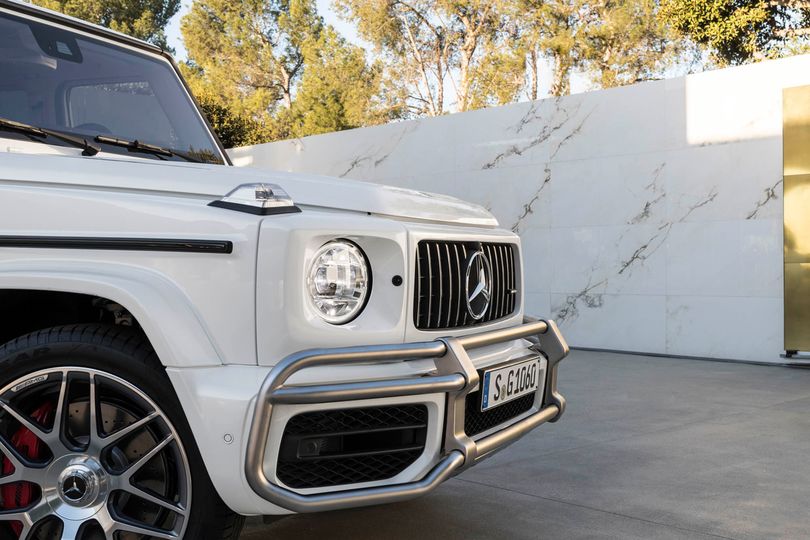
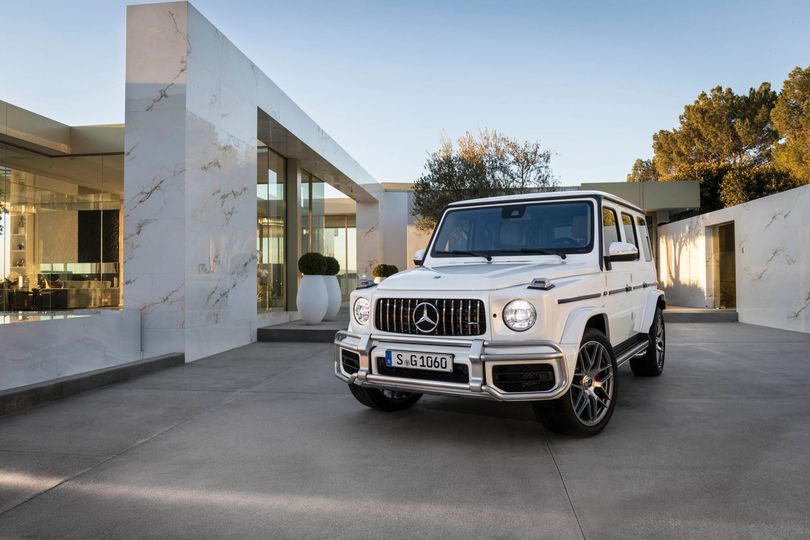
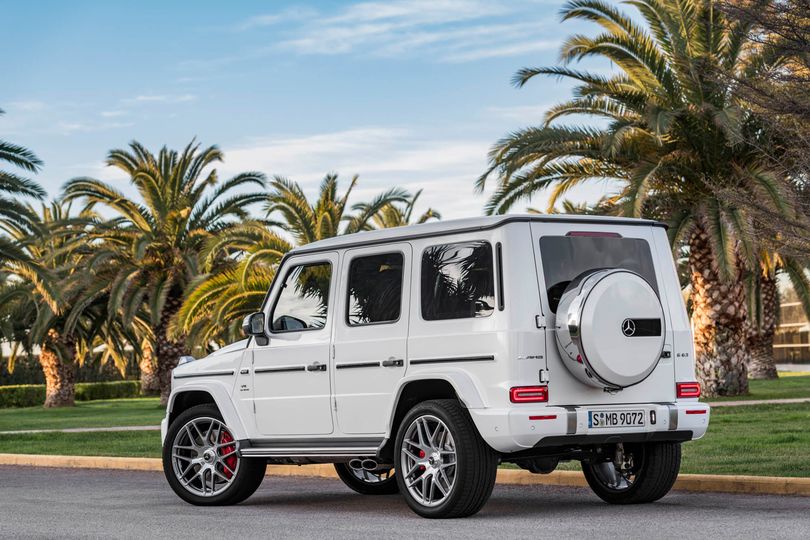
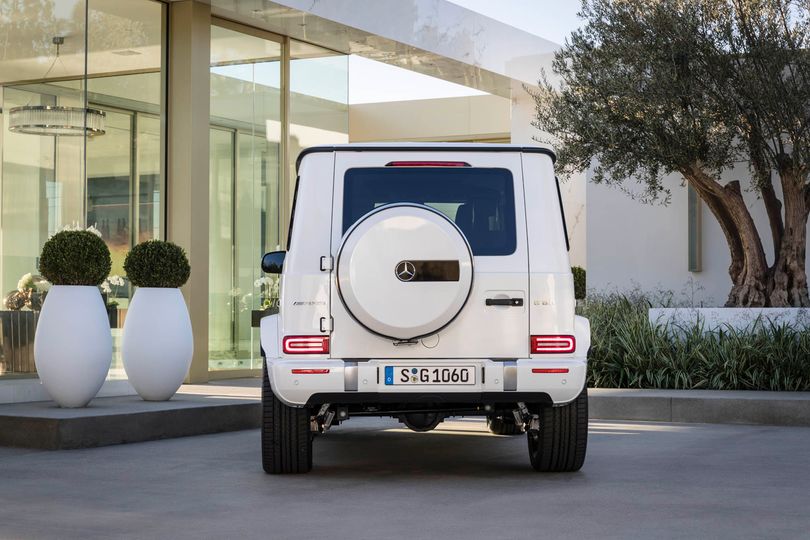
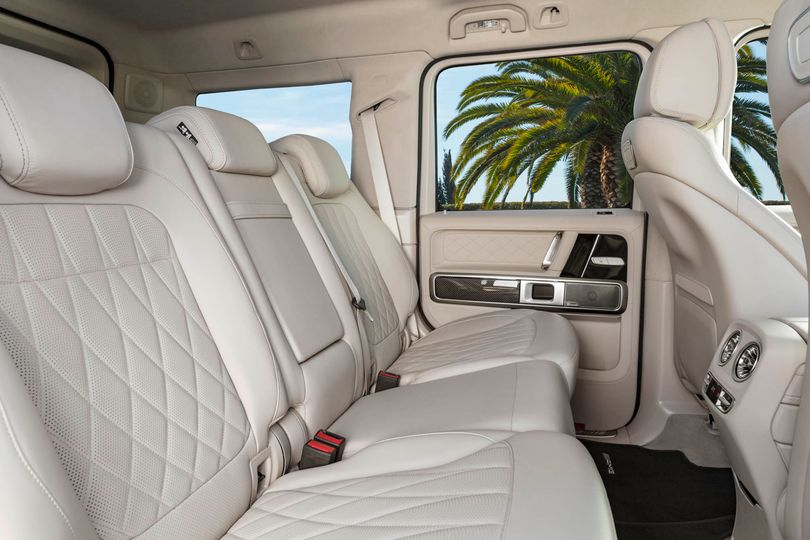
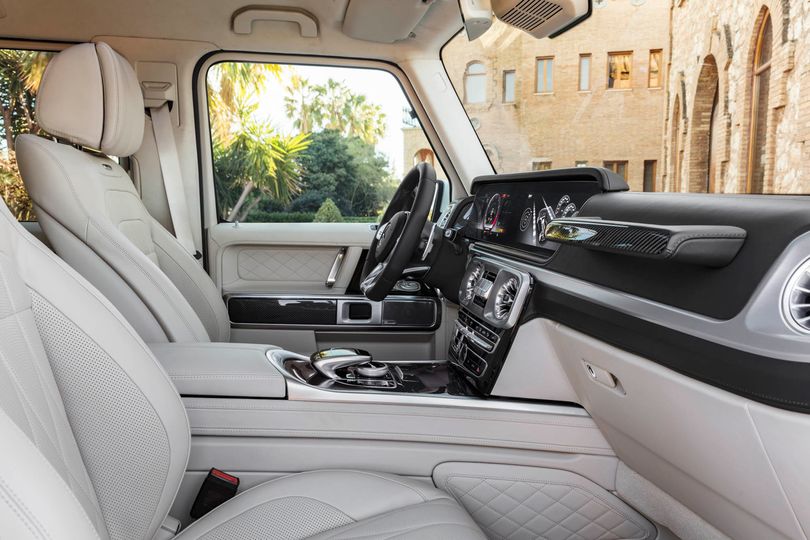
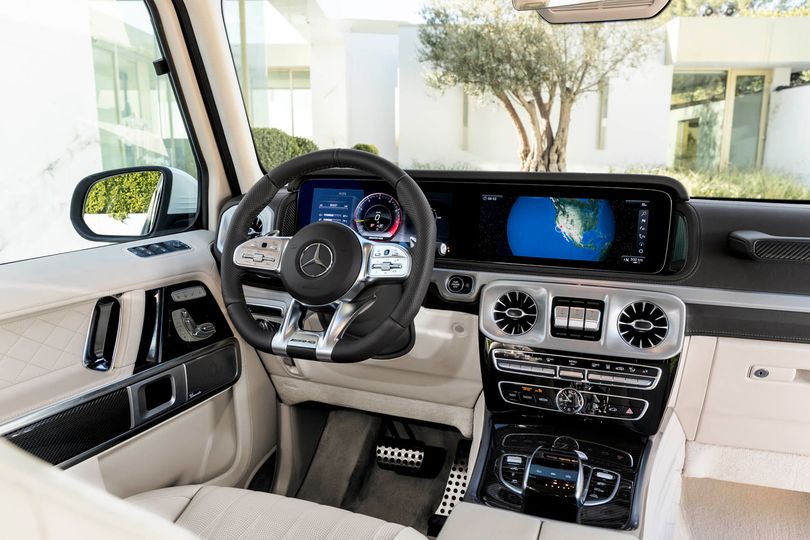
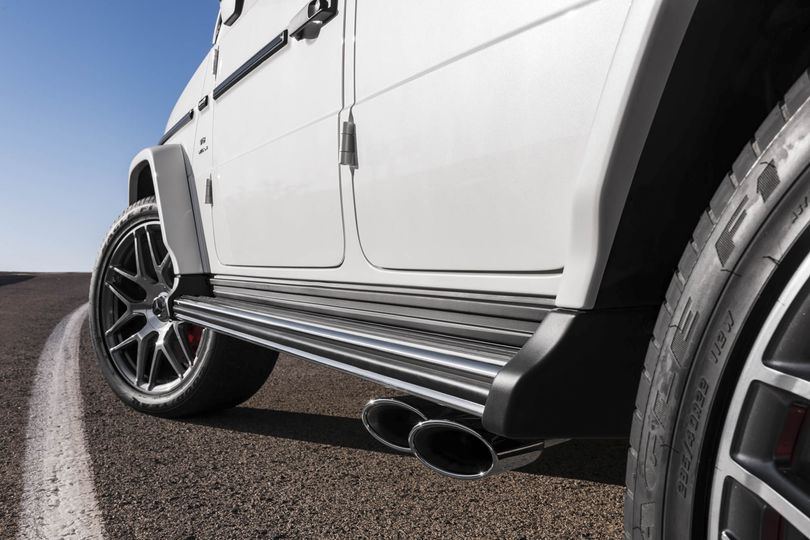
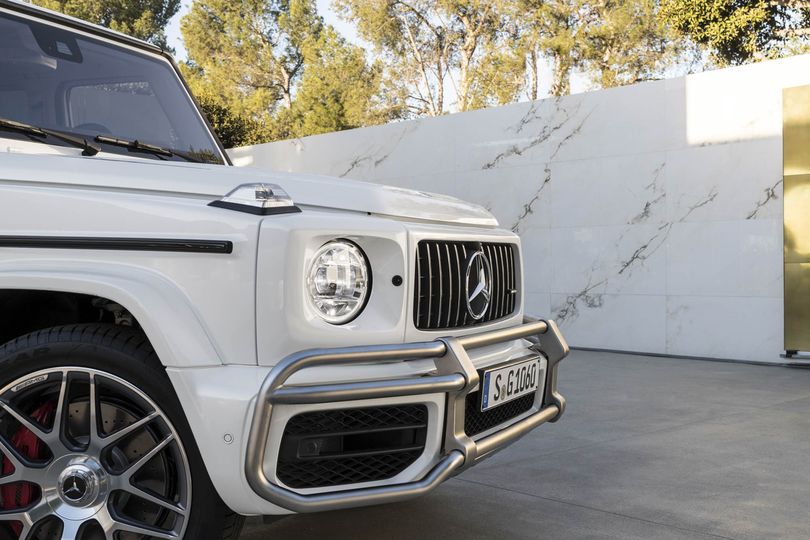
Turkish Airlines - Miles & Smiles
08 Jun 2014
Total posts 262
It's Beautiful.
Qantas - Qantas Frequent Flyer
10 May 2014
Total posts 112
One of my all time favourite cars (trucks).
Hi Guest, join in the discussion on Mercedes' new G-Wagen: a luxurious and endearingly boxy SUV stand-out